 中文版
中文版


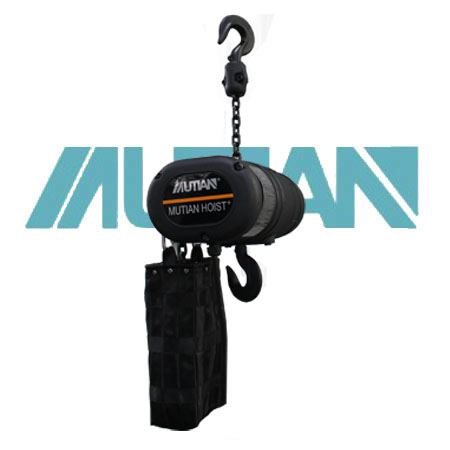
Welcome to contact us by phone:0086-0312-7969888
The working principle of a stage electric boom system involves the controlled movement of a horizontal structural element, known as the boom, using an electric motor or motors. The system is designed to support and position various stage equipment, such as lighting fixtures, microphones, cameras, or other props, in a precise and controlled manner during live performances or events. Here's a breakdown of the working principle:
Structural Components:
The stage electric boom system consists of several key components, including the boom (horizontal arm), rigging points, electric motors, control system, and safety features.
Electric Motors:
Electric motors are integrated into the design of the boom. These motors are responsible for the horizontal movement of the boom, allowing it to extend and retract.
Rigging Points:
The boom is attached to rigging points, which are secure anchor points typically located on the stage or within the venue's structure. Rigging elements, such as cables, pulleys, and counterweights, are used to ensure stability and safety.
Control System:
The control system of the stage electric boom is a critical component. It allows operators to manipulate the movement of the boom, controlling factors such as height, angle, and extension. The control system may include a control panel, remote device, or even automated programming for specific movements.
Operator Input:
The operator provides input through the control system to initiate movements. This input can include commands to extend or retract the boom, change its angle, or adjust its height.
Safety Features:
Stage electric boom systems are equipped with safety features to protect both equipment and personnel. Emergency stop buttons, limit switches, and overload protection are common safety features. These mechanisms ensure that the system stops or shuts down in case of an emergency or if it approaches its operational limits.
Load Monitoring:
Load monitoring is often incorporated into the system. Sensors may be used to detect the weight of the equipment attached to the boom, ensuring that it stays within safe operational limits.
Precision Movement:
The electric motors allow for precise and controlled movement of the boom. This precision is crucial for positioning equipment accurately during performances.
Automation (Optional):
Some advanced systems may offer automation capabilities, allowing for pre-programmed movements or sequences. This can enhance the efficiency of the system during performances.
Integration with Stage Design:
The stage electric boom system is designed to integrate seamlessly with the overall stage design. The movement of the boom contributes to the dynamic and visually impactful elements of a performance.
The working principle emphasizes controlled and safe movement, precise positioning, and adaptability to the specific requirements of different performances. Regular maintenance and operator training are essential for ensuring the reliability and safety of the stage electric boom system.
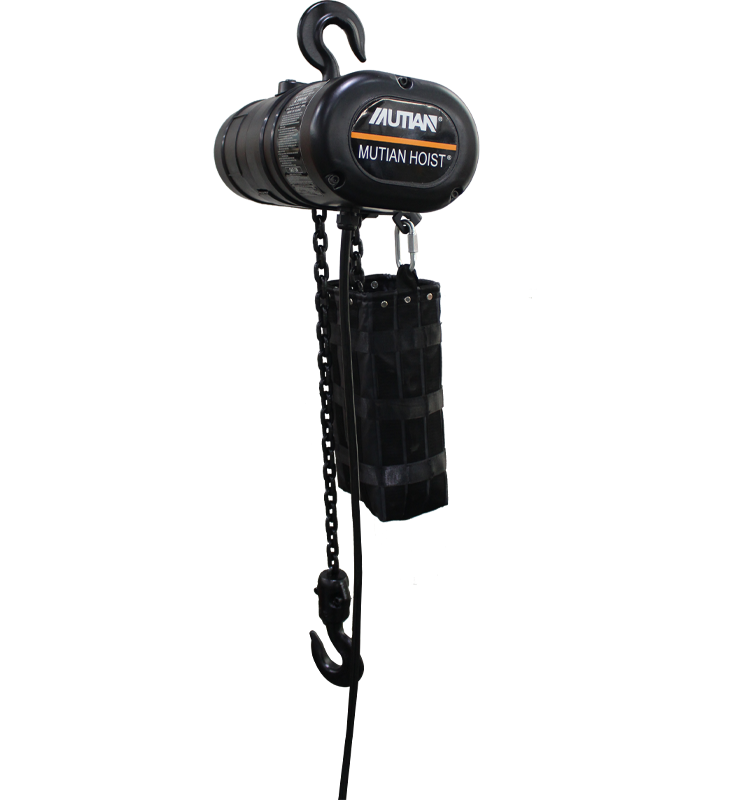
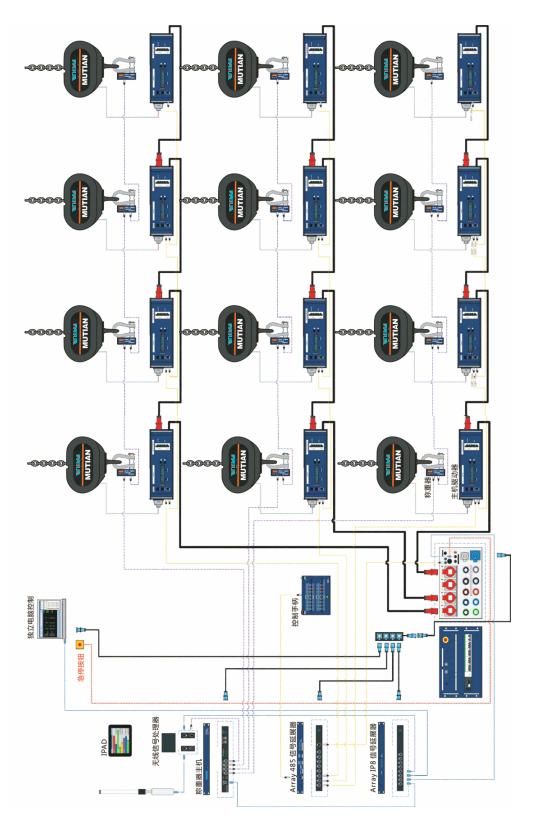
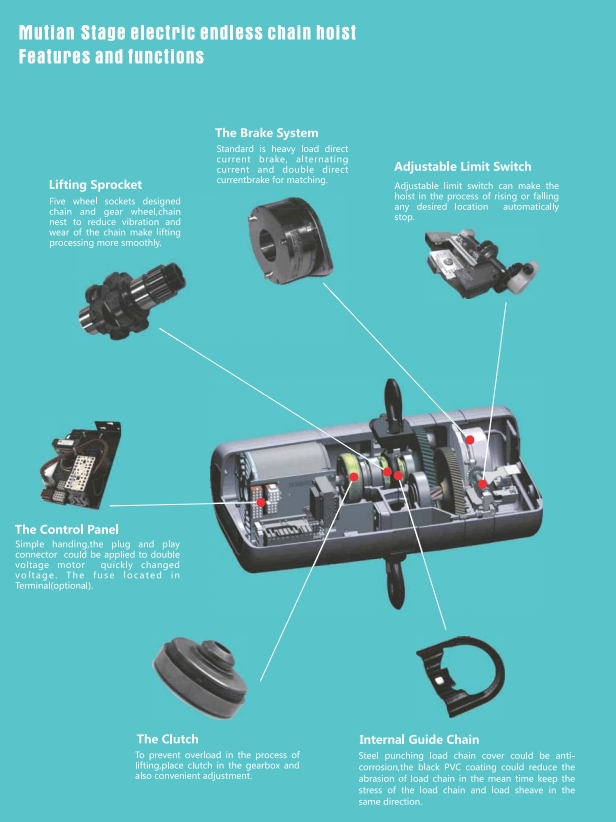
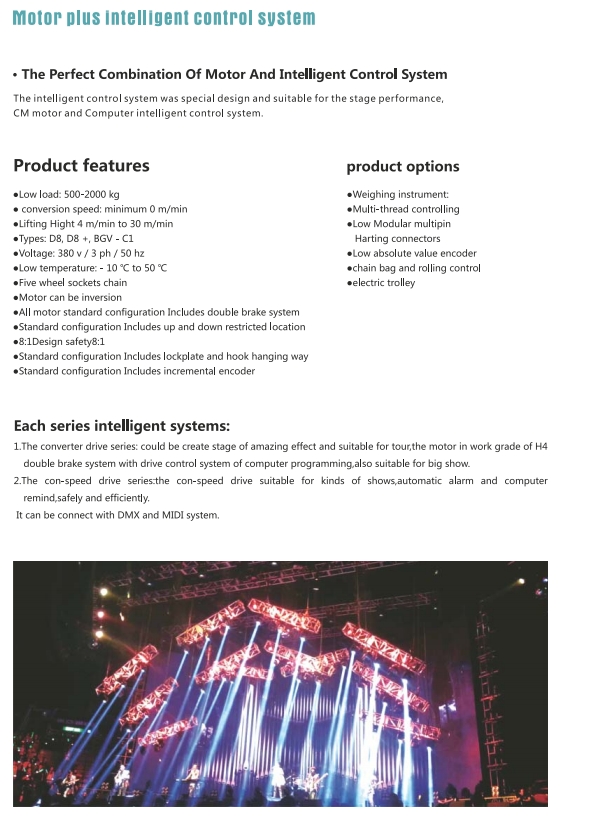
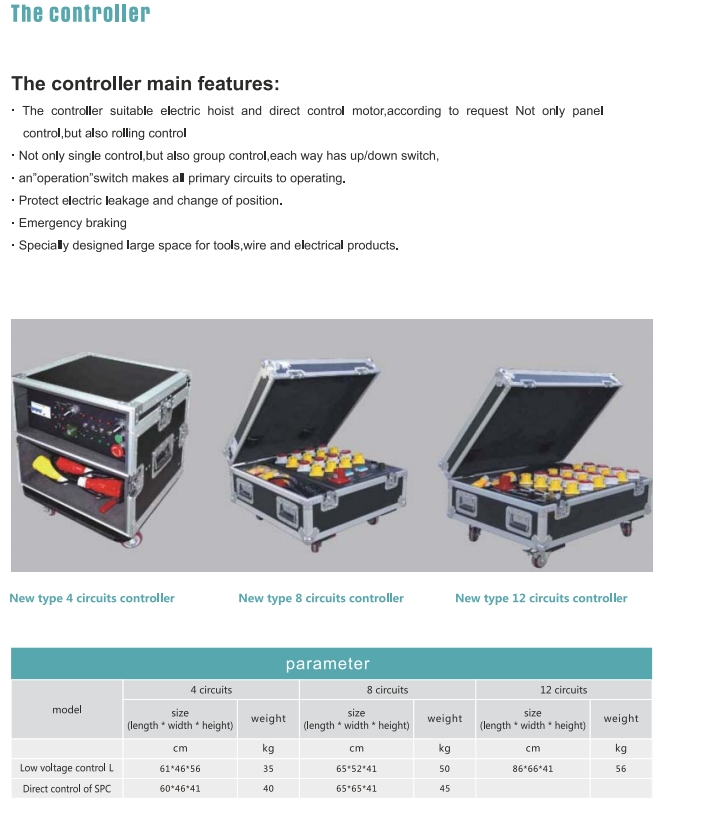
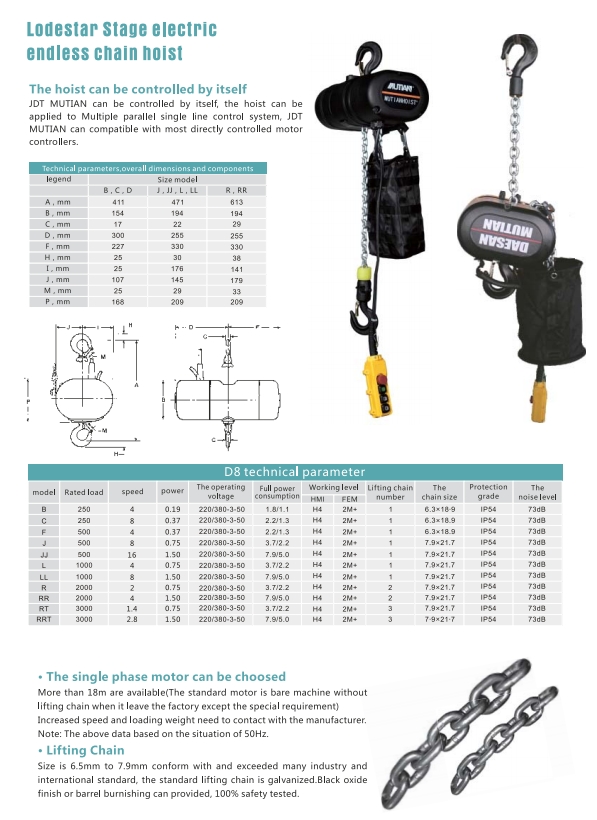
X